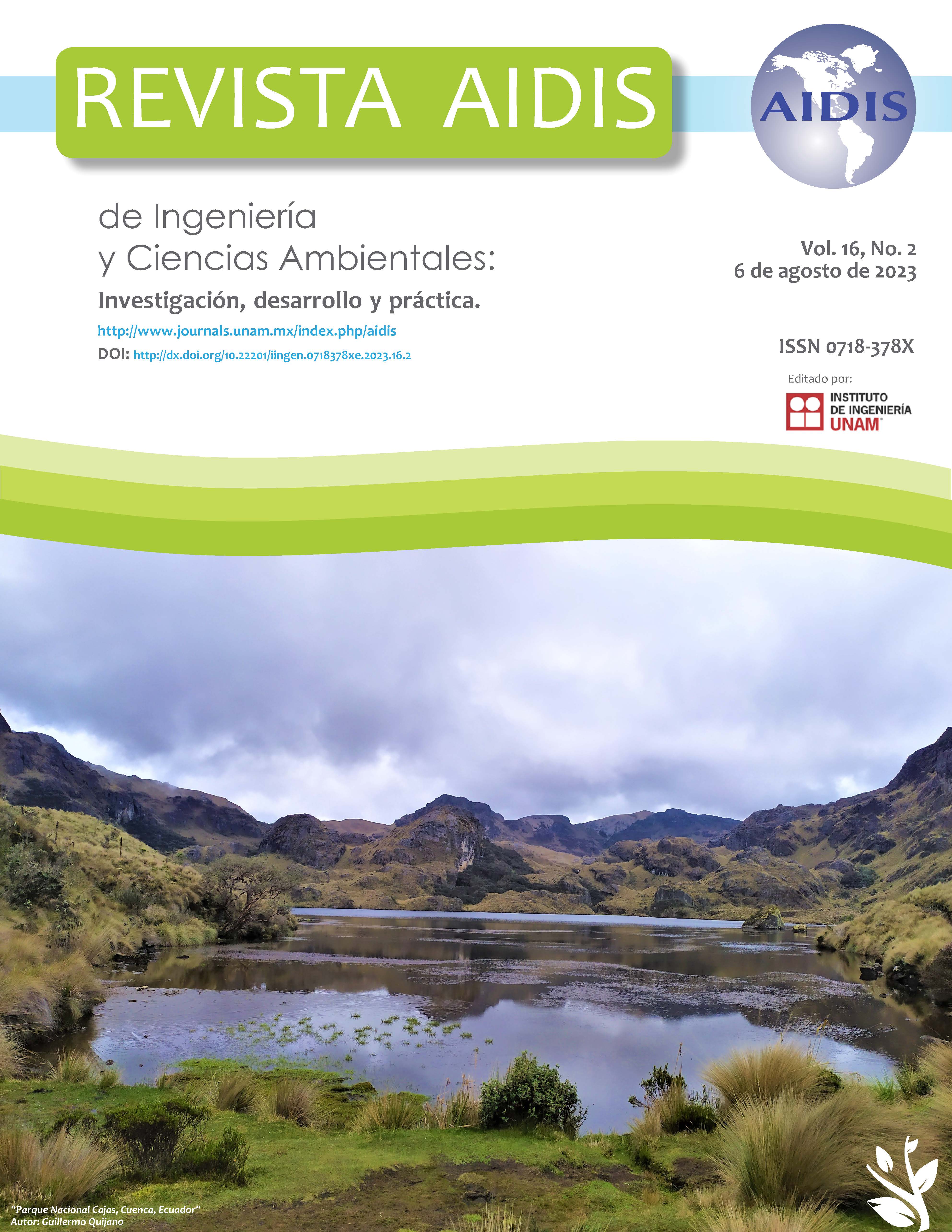CARBENDAZIM ADSORPTION ON GRANULAR ACTIVATED CARBON OF COCONUT SHELL: OPTIMIZATION AND THERMODYNAMICS
Contenido principal del artículo
Resumen
The adsorption of the fungicide Carbendazim (CBZ) on granular activated carbon (GAC) of coconut shell was investigated through batch tests in deionized water. The most favorable conditions for the adsorption of CBZ were examined through the variation of the mass of GAC, temperature, and contact time. The Response Surface Methodology (RSM) was applied, seeking the best adsorption condition to optimize future tests. A thermodynamic analysis was carried out using the Van't Hoff method. The tests with the dosage of 10 mg of GAC and temperatures of 25º C and 30º C showed higher adsorption of the fungicide. The Freundlich isotherm adjusted best to the adsorption of the compound. The Freundlich intensity parameter had a result that contrasted with the value of ΔG regarding a spontaneous change. Physisorption predominates the adsorption of CBZ on GAC. It is an exothermic and spontaneous process that reduces the degree of disorder of the adsorbent/solution interface.
Detalles del artículo
Citas en Dimensions Service

Esta obra está bajo una licencia internacional Creative Commons Atribución-NoComercial-SinDerivadas 4.0.
